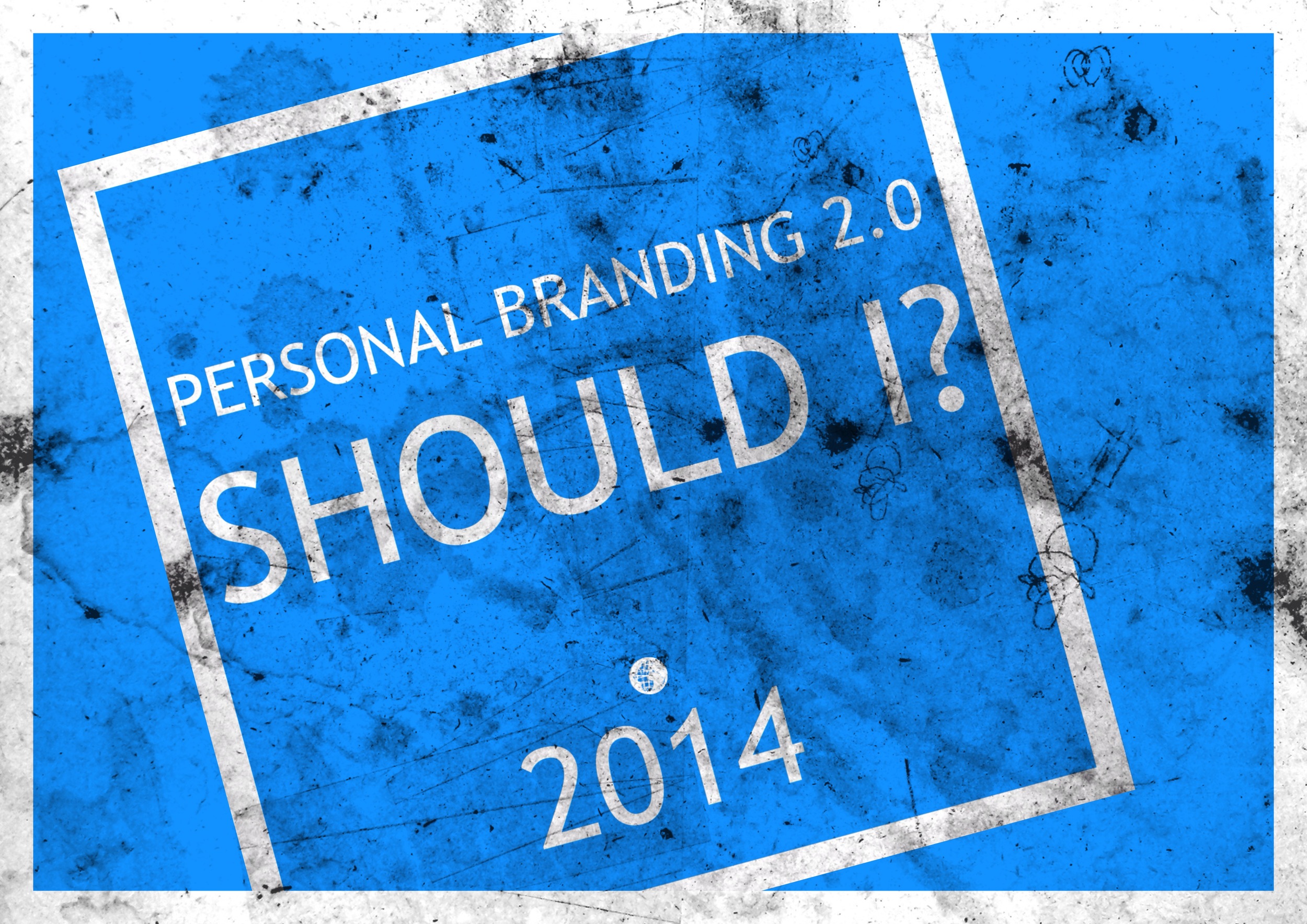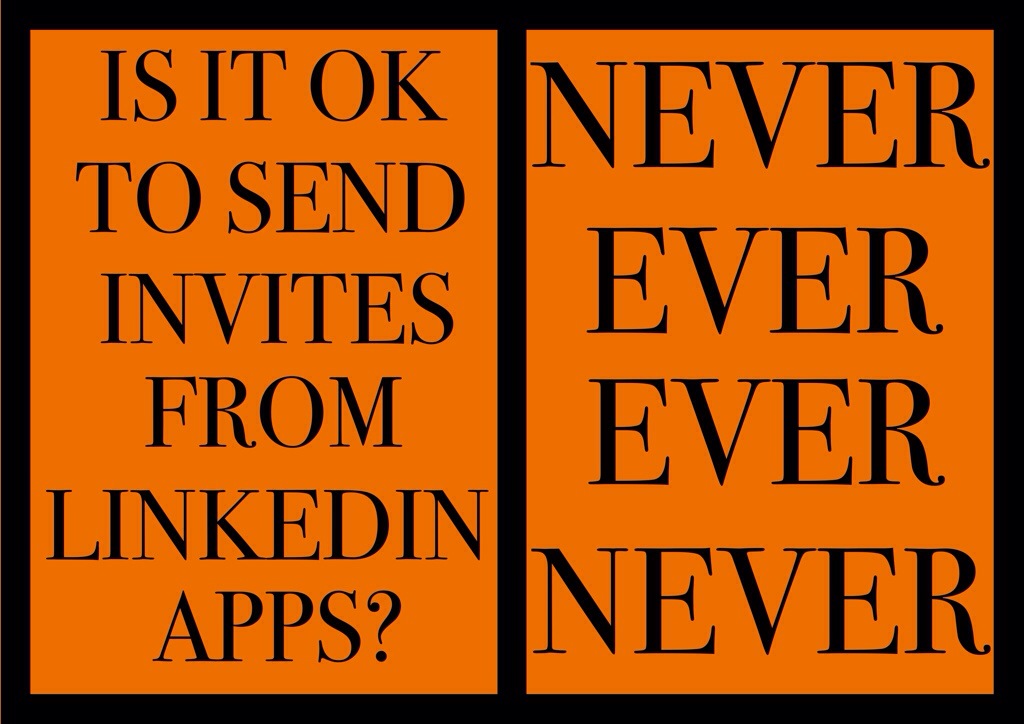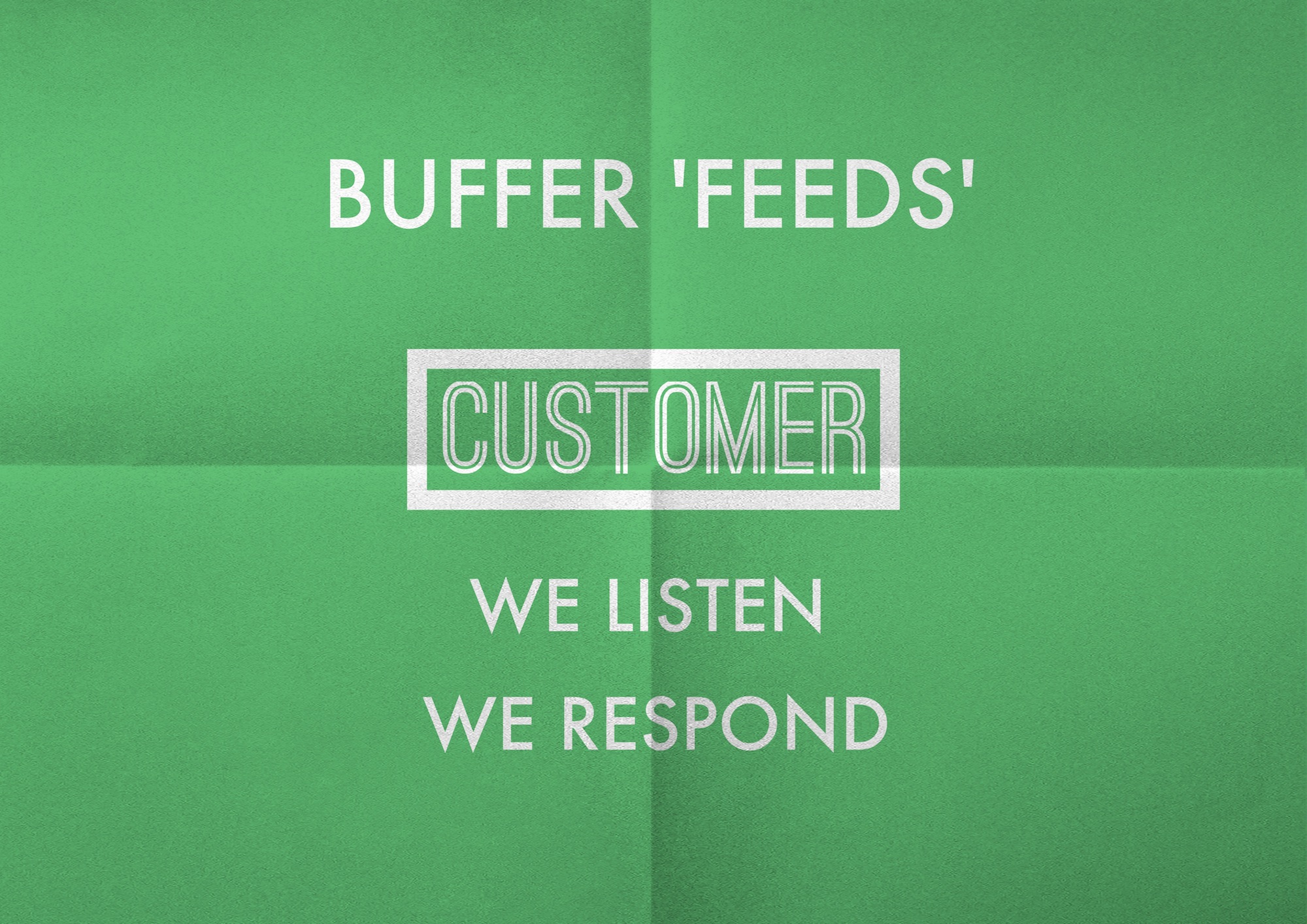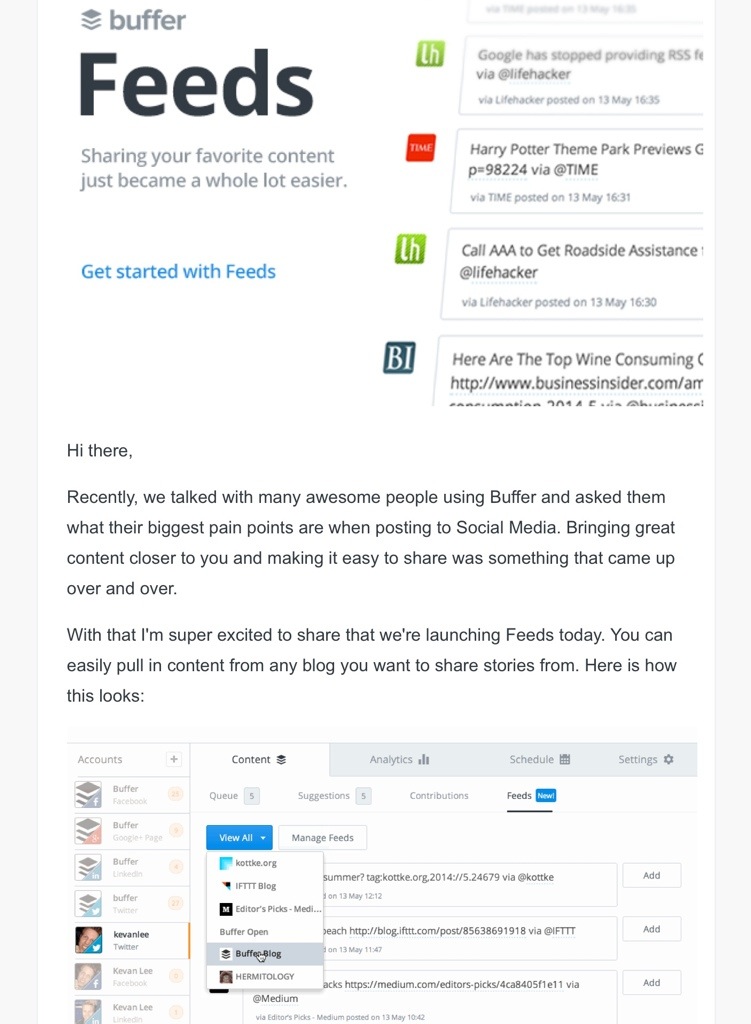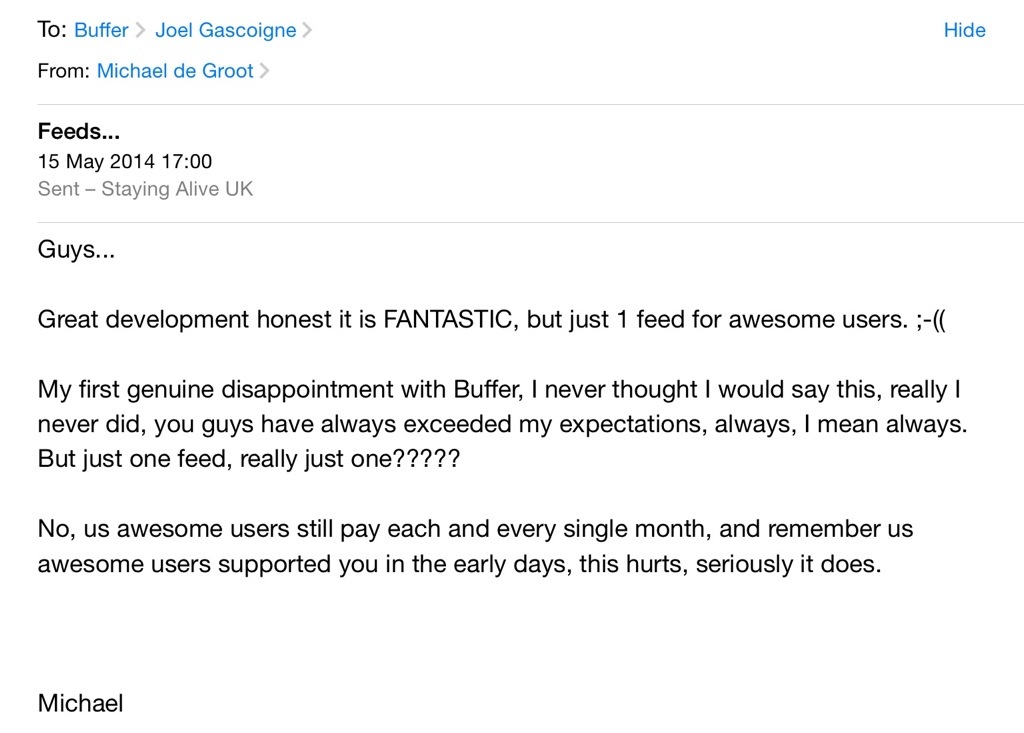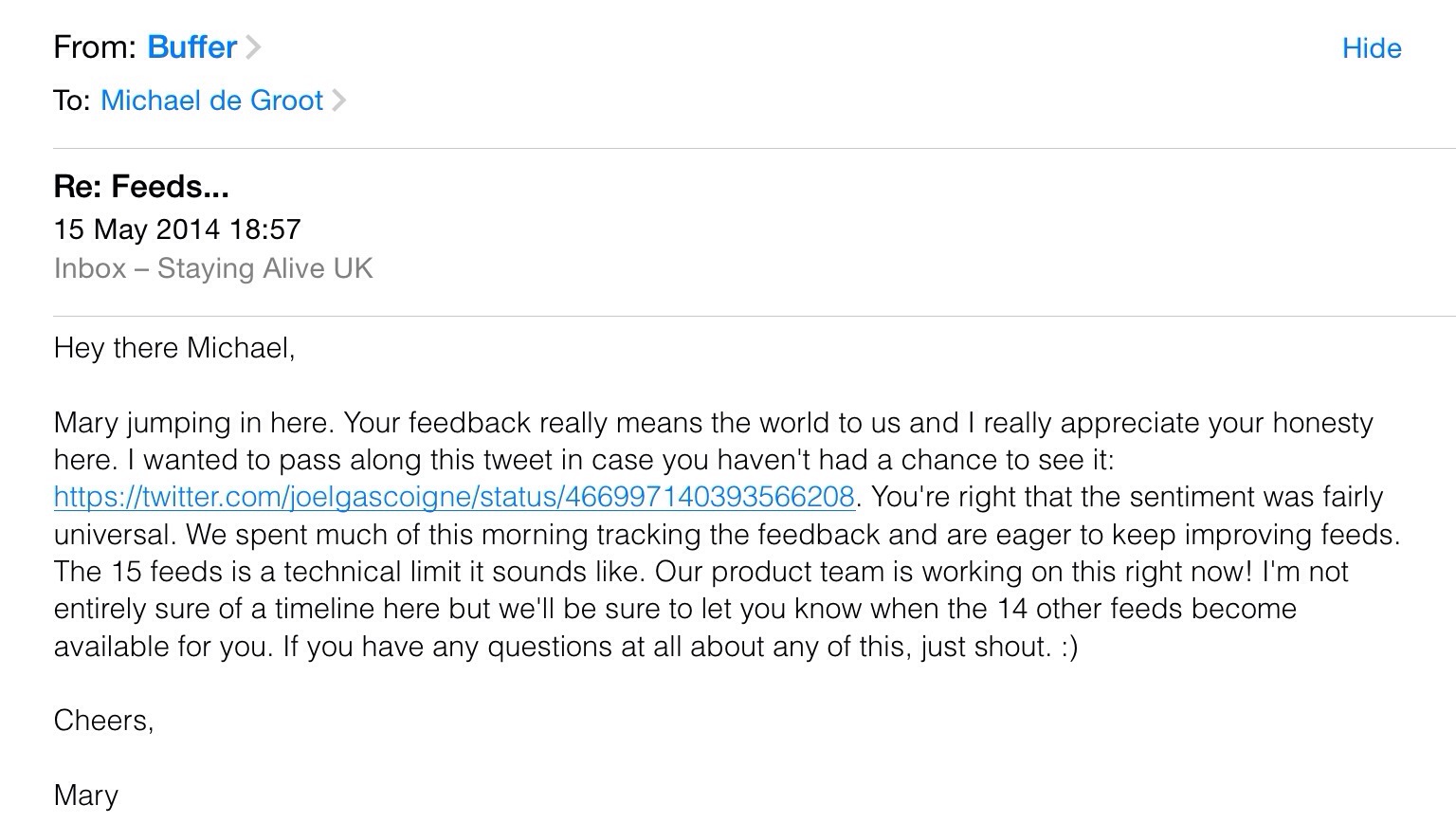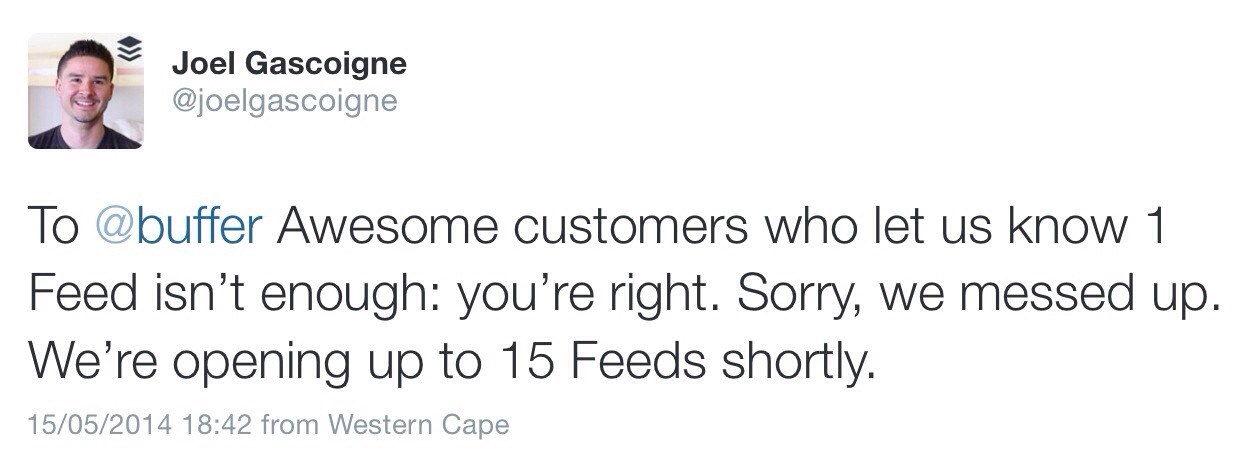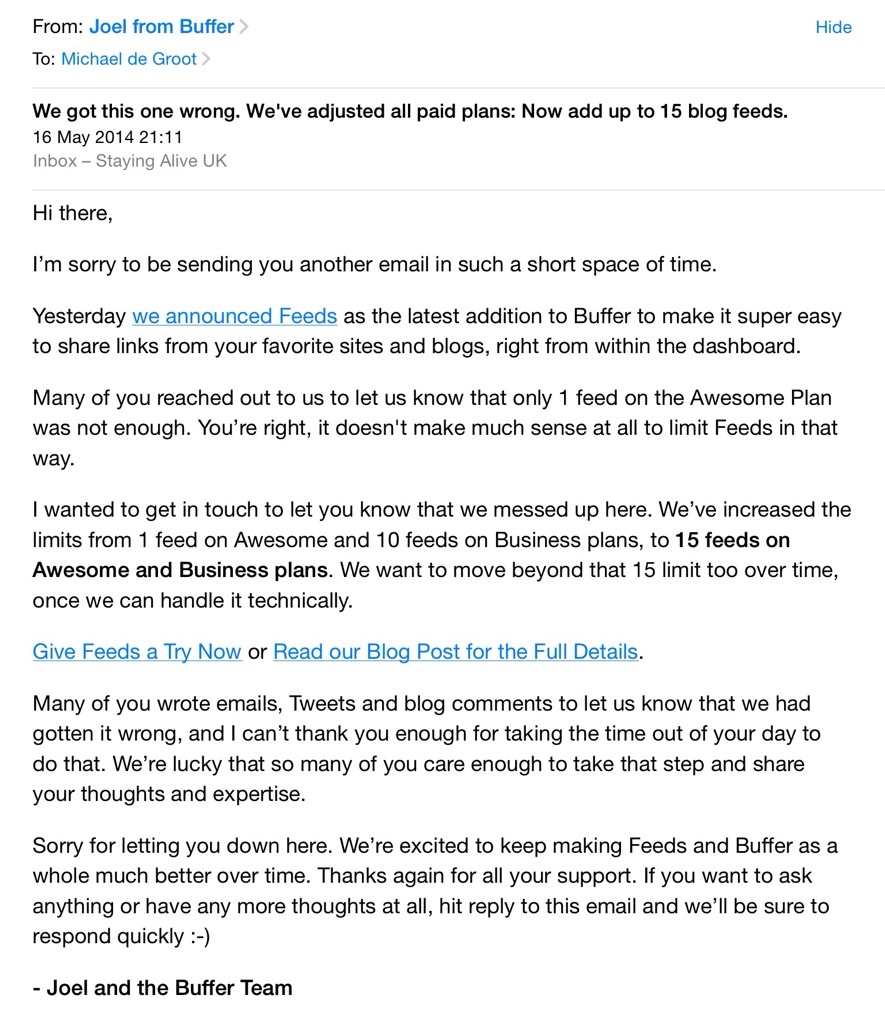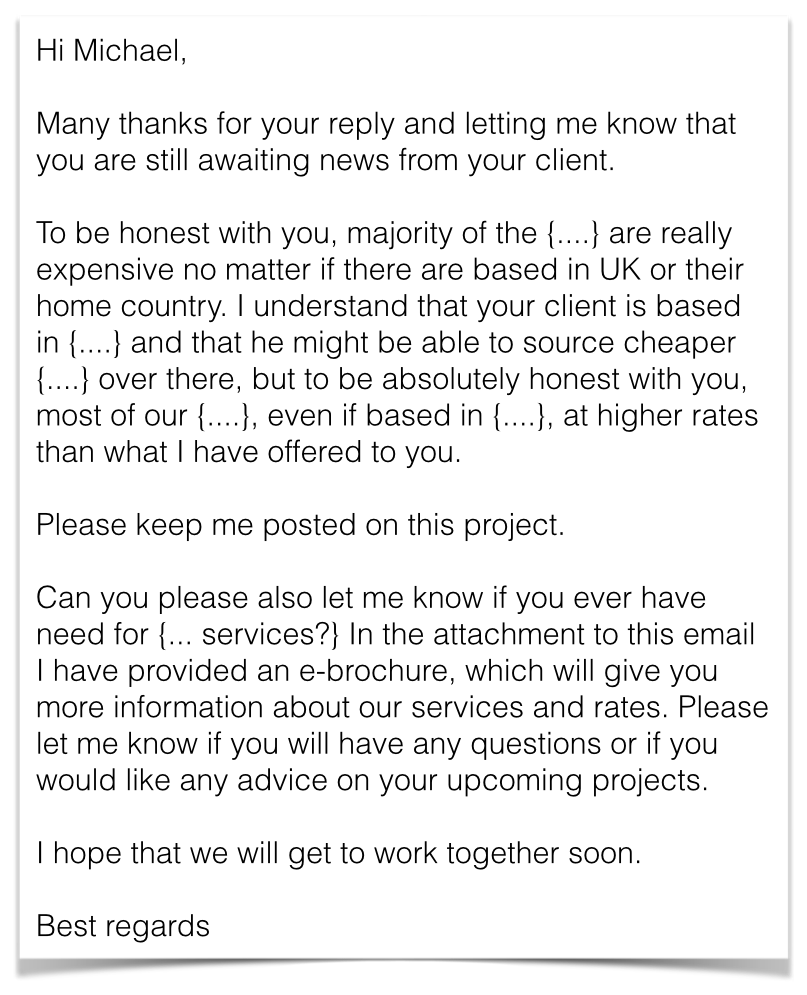‘The Interview’, is something most of us worry about. The trouble is 'The Interview' is an established part of recruitment the world over and it doesn't work. I've been a manager for decades and I worked in organisations for over 28 years. I've witnessed first hand how my peers and my managers made some really, really bad recruitment decisions that cost the organisation thousands. And yes I've made some poor recruitment decisions in my career too.
'The Interview' is old-fashioned, false and both the interviewer and interviewee say things they would never normally say during a normal and relaxed conversation.
It's time for 'The Interview' to change. Let's examine how the current process works and what's wrong with it, well in my opinion anyway.
- An organisation who’s looking to recruit someone usually starts with a job specification, a person specification and an essential list of qualities that an organisation is looking for. There's nothing wrong with this part of the process, except that it develops in the applicant an opportunity to shape their application and CV closer to the organisation’s requirements and manipulate the truth of their real experience. This is failure number one for the organisation and for the applicant. Organisations can spot these manipulations in CV’s a mile off and a good interviewer can expose the falsehood in the interviewee usually quite quickly. We all know that having a job and person specification is an essential part of the process and yet it sets ’The Interview’ up for failure.
- The second part of the process usually is the CV screening process, where someone is appointed, maybe a recruitment consultant, a recruitment manager, HR officer, who examine a few essential criteria by which to screen out as many CV’s as they can to end up with a shortlist of likely candidates. The trouble with this part of the process is that often this task is carried out by someone who is removed by some distance from the actual job role, department, the objective and purpose of the role. Are we happy with someone else doing this process? Of course we are because we decided that we as managers are just too busy to do that screening ourselves. We decide for some unknown reason that someone else is qualified to do that screening. I don't blame us, because just imagine if you had a few hundred applicants!
- Step number three is calling people for an interview. At this stage the applicant receives a nice surprise, usually a phone call by the individual responsible for managing the process. An initial phone interview might take place either by a recruitment consultant or maybe even the company officer in charge of the project. This potentially is another opportunity to be screened out by someone too far removed from the real recruiter. Everyone has a different view of the world. If I asked you to draw a picture of a car, each one of you would draw something totally different because your brain sees something different to everyone else. Interviewing someone is no different. If I asked an applicant a few questions over the phone, I would hear different answers compared to what you would hear, because we all use different filters to create a view of the world around us.
- ‘The Interview’ number one. If you're lucky enough to be called for an interview, you’ll usually get very excited and the adrenaline inside of you causes your blood to be pumped to your muscles and your senses to prepare you for flight and fight. A whole host of thoughts flood your brain’s fear centre, the amygdala. All bad experiences you've ever had with interviews are present in this tiny area in your brain and you're an expert in bringing these into your frontal lobe and then you start doubting yourself. When you fill your brain with all these thoughts, you actually stop yourself from thinking through ’The Interview’ and are heading for failure. You’ll starting making things up and then it will just go from bad to worse.
- 'The Interview' number two. If you managed to get your brain into gear or the interviewer was actually dumb enough to believe all your lies, you may be delighted to get through to this stage in the process. Either you're going to be set up for a task like doing a presentation to an interview panel and other staff members will be seeing you for the first time. These are all great ideas if they weren't doomed for failure. It's such an unnatural situation. Firstly the task has been dreamt up by someone in the department and usually has no relation whatsoever to the job that you will be doing. Secondly being interviewed by other staff members means they’re going to judge your appearance and decide whether you're going to be a threat to their position inside the company or not.
And now for some alternative ideas.
- Advertise the job vacancy and do it as innovatively as possible. Create a video, use Facebook, Twitter, LinkedIn and other channels to spread that video. I rarely see videos advertising job vacancies do you? In that video I would say the following. ‘Your Mission should you choose to accept it, is to research our company and discover 3 things that really stand out for you and why. It could be anything the products, the people, our mission etc. Then communicate what you’ve found in a creative and innovative way that really stands out and gets our attention. At the same time communicate to us why you are qualified to get this job.' Then wait and see what arrives. Obviously set a deadline and make it clear that if anyone who misses the deadline won’t be reviewed no matter what. Deadlines are important and if you can’t achieve those what else can’t you achieve?
- Scrap the interview, instead get the applicant to go around the company, meet some regular employees (not staged) and allow them to ask questions, like ‘Tell me about the boss, does he value you?’ - ’Do they pay well here?’ - ‘Do you get on with your co-workers?’ - ‘What are the biggest challenges here?’ Let the staff ask questions of the applicant. The applicant will be more relaxed and share stuff the interviewer would never hear about. Of course you have to meet the boss too, but they never ask an interview question. The only thing they ask is, ‘What did you see and notice around the organisation, share the good and the bad and do you have some initial thoughts on how things could be greater here?’ Based on those answers and the feedback from the people they met, will determine if they’re a good fit or not. Interview process done.
- Second interview if needed. Ask them to meet you and their direct team for lunch in the regular place where people have their lunch, staff restaurant, favourite outside deli or coffee shop it doesn’t matter and ask the applicant to share something about themselves that they would otherwise never find out. Get them to talk about family, their private life and what challenges they’ve overcome in their lives so far. Everyone has had them.
This is all about rapport building and finding what you actually have in common with each other. Discover each other’s values and see if they match. Learn whether the applicant is creative and not afraid of giving feedback. There’s a saying in business, ‘People do business with people they like, know and trust’. It’s no different when recruiting people, the exact same rules apply.
Now watch Chandler of Friends how an interview should really be conducted from the applicant’s point of view!
It’s my favourite friends clip and makes me laugh hysterically every time and it illustrates so clearly how easy it is to create a 'massive' misunderstanding during the interview process.
If you’re a recruiter or applicant I would love to hear how you have looked at making the process as enjoyable and creative as possible. Share your comments below.
Image credit: @gapingvoid































